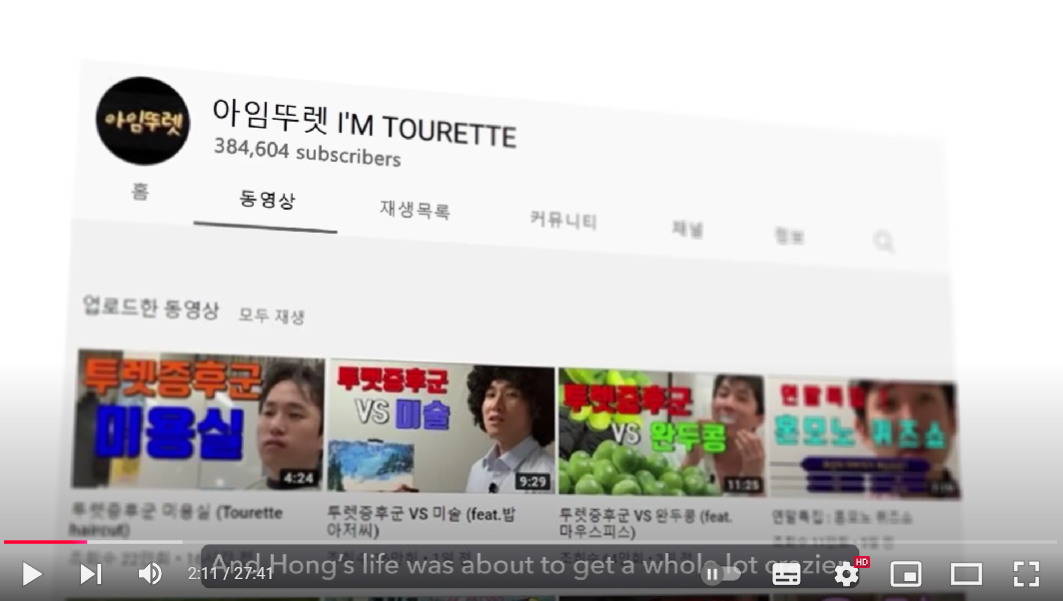“The entire world is a stage and all the men and women merely players. They have their exits and entrances, and one man in his time plays many parts.”
William Shakespeare
When humans exist, interaction and communication exist, and humans tend to present themselves in different ways according to occasions; this is how humans naturally act in social interaction, just like “playing” a character on the stage. A Canadian sociologist, Erving Goffman, argues that social interaction consists of “Front Stage” and “Back Stage” by describing human interaction as a stage play. “Front Stage” is where the people perform their managed self-performance, and “Back Stage” is where the people relax from their performance. This is true, because sometimes people need to act appropriately according to circumstances, therefore, performance is necessarily at that moment.
When it comes to social media, it is the same. This is because the Internet has become increasingly widespread and interactive, and more people are engaging online in the growing social network. Social media is accessible from many constraints, causing people often playing their characters to seek social validation for their online presence to widen their circle of trust, just like the quote:
“We are constantly trying to set ourselves in the best light that is favorable to us.”
Goffman, 1959, cited in Haziq, 2019
Everyone will try to ‘craft’ themselves well on the Internet to get the spotlight or benefit.

A great but also negative example would be Jungoh Hong with his problematic YouTube channel, “아임뚜렛 I’M TOURETTE”.
I’M TOURETTE by Jungoh gained over 400,000 subscribers in only one month and got millions of views on his videos by showing his daily struggles with Tourette syndrome. Tourette syndrome is a condition that causes a person to make sudden involuntary sounds and movements called tics. The channel successfully raised the audiences’ awareness towards Tourette syndrome, and the intention to encourage those suffering from the syndrome gained a lot of positive feedback, including inspiring fellow Tourette syndrome sufferer Lee Gunhee to start his YouTube channel.
Everything was positive until his former classmates exposed him that he did not have the syndrome during the past and even had songs released on the Korean music streaming platform Melon. People discovered that tics are absent in his songs and real life (his neighbour claimed). People also observed that Jungoh’s tics would be abnormally less when eating expensive food in the video.
After the controversy grew, I’M TOURETTE were private but public repeatedly and suddenly changed the channel name to ‘Zenitu‘, saying that his goal was to produce a sitcom that prepared for 5 years.
After the sitcom controversy, his channel went private again, then resumed his rapper activities by uploading his songs to YouTube at the end.
The case of Jungoh demonstrated that people could be crafting various ‘self’ in the digital world, he has a Tourette identity on YouTube but as a rapper with no Tourette syndrome on Melon. People could be playing a character on social networks, and you never know.
References:
- Haziq, S. (2019) ‘Putting the best digital self forward in the age of Social Media’, Medium, 16 April. Available at: https://medium.com/@haziqsabreen25/putting-the-best-digital-self-forward-in-the-age-of-social-media-d3dbec422b73 (Accessed: 3 November 2024).
- Scannell, P. (2007) “Communication as interaction” in Media and Communication. London: SAGE Publications.
- Spill (2022) The YouTuber Who Proudly Faked Tourettes for Clout. 16 July. Available at: https://youtu.be/jOLNhfw5GtE?si=YOikw6VSYfx9J9MF (Accessed: 3 November 2024).
- Stephanie Soo (2023) Korean Youtuber FAKED Tourette’s and Became FAMOUS | Japanese Ice Cream Ramen & Egg Rice Mukbang. 10 May. Available at: https://youtu.be/uCd02_-B46U?si=wYhnkglX7BoqKEv5 (Accessed: 3 November 2024).
- NHS (2021) Tourette’s syndrome. Available at: https://www.nhs.uk/conditions/tourettes-syndrome/ (Accessed: 3 November 2024).
- 짭코 (2022) 드랍더비트 ‘아임뚜렛’ 홍정오 1차. 3 March. Available at: https://youtu.be/cD4Y_XosMvg?si=1nO2Pul2FuvF-BpZ (Accessed: 3 November 2024).
- ‘Jungoh Hong’ (2024) NamuWiki. Available at: https://en.namu.wiki/w/%ED%99%8D%EC%A0%95%EC%98%A4 (Accessed: 3 November 2024).




This blog really gets at the complexities of building an online identity, especially with Goffman’s theory of “Front Stage” and “Back Stage” in mind. It’s interesting to see how platforms like YouTube encourage users to construct a version of themselves, often tailored to gain views and followers. The example of Jungoh Hong highlights how far some are willing to go to craft a persona for attention, even crossing ethical lines. It makes me wonder: how much of what we see online is authentic, and what does that mean for our own online self-expression? This post effectively shows the blurred line between authenticity and performance in digital spaces.
Thank you! 😀
I think you’ve given a very vivid and accessible example. It is a negative example of the authenticity that accompanies the construction of a digital identity. The contribution draws on Erving Goffman’s theory of social interaction and compares it to stage performances, in which individuals balance a ‘front stage’ persona to attract public attention with a ‘back stage’ persona.This case reveals the complexity of the ethics of online self-presentation, in which the line between authenticity and performance becomes fuzzy. It appropriately illustrates Goffman’s theory of users’ shaping and grasping of their identities. Identity is fluid in the digital realm, where users can curate and change their identities. On platforms such as YouTube, individuals tend to construct an image that may attract attention, make a favourable impression, or conform to the expectations of the online community. But this negative example also shows us that we need to de-charm people on social platforms and carefully identify the identity traps of the internet.
Thank you! 😀
This research effectively employs Goffman’s “front stage” and “back stage” theories to understand the complexity of identity building on social media, using Jungoh Hong’s case as an example. Hong’s YouTube character as someone with Tourette syndrome garnered a lot of attention, but his ultimate exposure as perhaps inventing this identity highlights the ethical quandaries of self-presentation online. This scenario demonstrates how digital platforms facilitate quick narrative creation, with personas—authentic or not—created for social approval and impact. Great job, Jack! You did well on showing your understanding of theories and excellent example!
Thank you! 😀